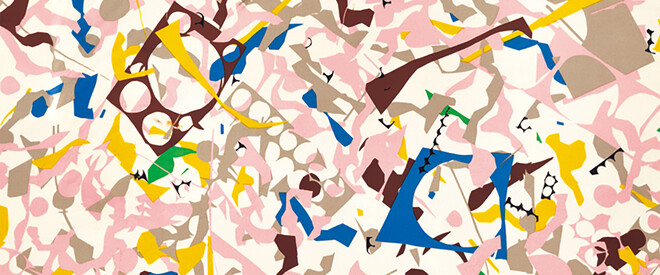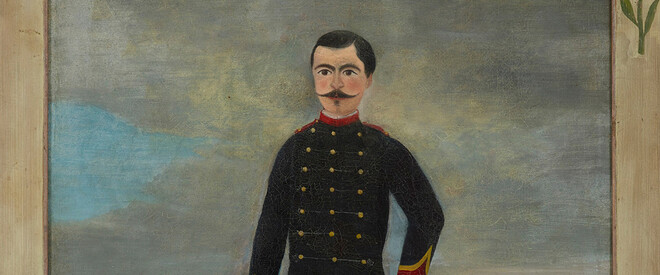Comprehensive Retrospective Exhibition of the Master of Modern Pottery
The organizers are pleased to present a retrospective exhibition of Tomimoto Kenkichi, a master of modern ceramics, to commemorate the 120th anniversary of his birth who was born in Ando village, Nara Prefecture, in 1886.
Tomimoto entered the design course at the Tokyo School of Fine Arts in 1904 and majored in achitecture and interior decoration. Before graduation he went to England to study where he came in contact with the works of William Morris which embodied his concept of Arts and Crafts Movement. After his return to Japan Tomimoto became interested in pottery through his friendship with Bernard Leach. At first hi built a kiln at his home in Ando village and produced pottery himself in order to answer Leach's questions who started to create Raku ware. But gradually his own interest in ceramics deepened, thus, he built a full-scale kiln and started to create his unique works in white porcelain and underglaze blue, developing his white porcelain period. Later he built a kiln in Soshigaya in Tokyo and continued to produce works. In 1936 he studied and produced porcelain with overglaze enamels at Kitade Tojiro's kiln in Kutani, Ishikawa Prefecture, creating porcelain with overglaze enamels in beautiful colors which are quite different from white porcelain. He moved to Kyoto after World War 2 and developed works with overglaze enamels and overglaze gold and silver and he was designated the first Living National Treasure in 1955 with his porcelain with overglaze enamels". Tomimoto's ceramics can be devided into three periods; white porcelain and underglaze blue in the Yamato (Nara) period; porcelain with overglaze enamels in the Tokyo period; and works with overglaze enamels with gold and silver in the Kyoto period. He created outstanding pieces in each period and received the Order of Cultural Merit in 1961. The varieties of works Tomimoto created during his career spanning fifty years until his death in 1963 are the record of his struggles in pursuit of unique form and design with his firm belief in "not creating patters from the patterns"."
Tomimoto entered the design course at the Tokyo School of Fine Arts in 1904 and majored in achitecture and interior decoration. Before graduation he went to England to study where he came in contact with the works of William Morris which embodied his concept of Arts and Crafts Movement. After his return to Japan Tomimoto became interested in pottery through his friendship with Bernard Leach. At first hi built a kiln at his home in Ando village and produced pottery himself in order to answer Leach's questions who started to create Raku ware. But gradually his own interest in ceramics deepened, thus, he built a full-scale kiln and started to create his unique works in white porcelain and underglaze blue, developing his white porcelain period. Later he built a kiln in Soshigaya in Tokyo and continued to produce works. In 1936 he studied and produced porcelain with overglaze enamels at Kitade Tojiro's kiln in Kutani, Ishikawa Prefecture, creating porcelain with overglaze enamels in beautiful colors which are quite different from white porcelain. He moved to Kyoto after World War 2 and developed works with overglaze enamels and overglaze gold and silver and he was designated the first Living National Treasure in 1955 with his porcelain with overglaze enamels". Tomimoto's ceramics can be devided into three periods; white porcelain and underglaze blue in the Yamato (Nara) period; porcelain with overglaze enamels in the Tokyo period; and works with overglaze enamels with gold and silver in the Kyoto period. He created outstanding pieces in each period and received the Order of Cultural Merit in 1961. The varieties of works Tomimoto created during his career spanning fifty years until his death in 1963 are the record of his struggles in pursuit of unique form and design with his firm belief in "not creating patters from the patterns"."

